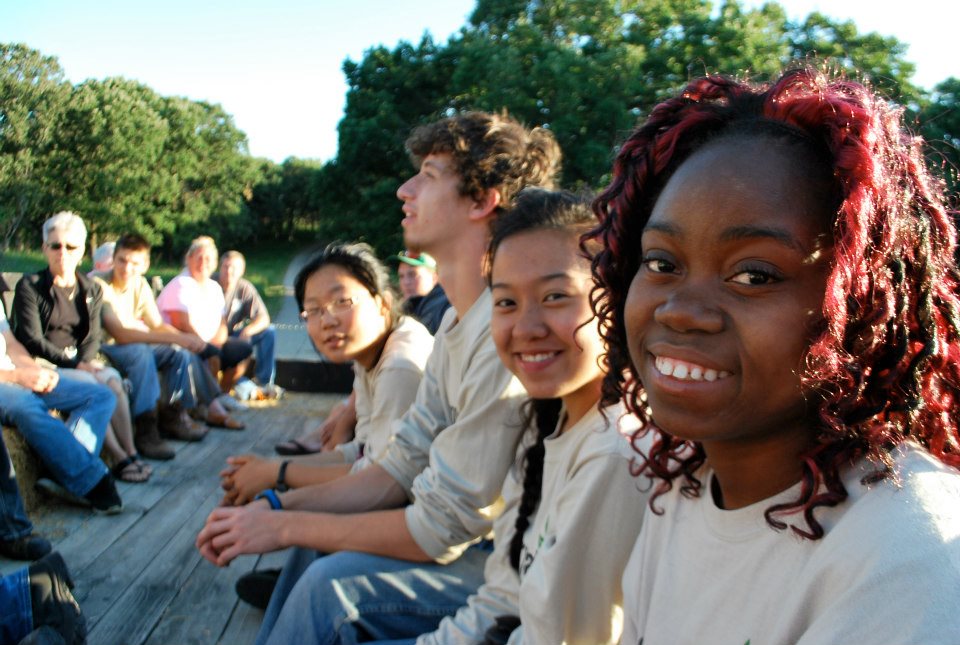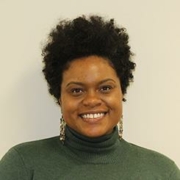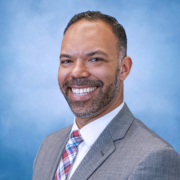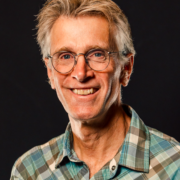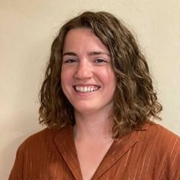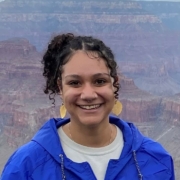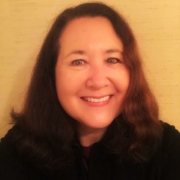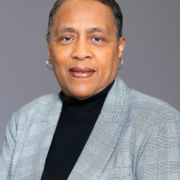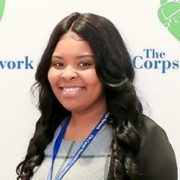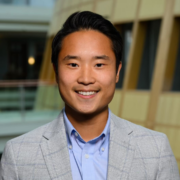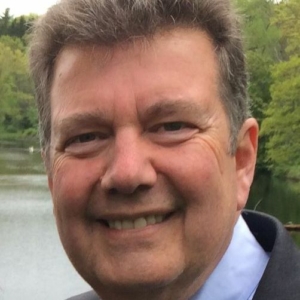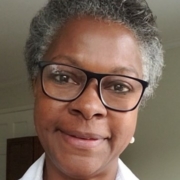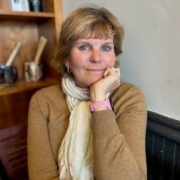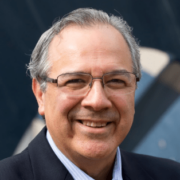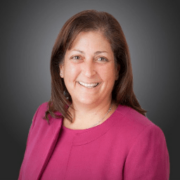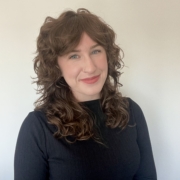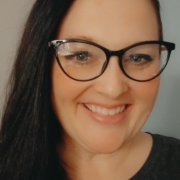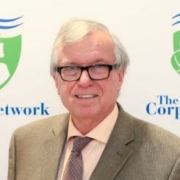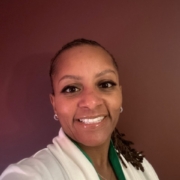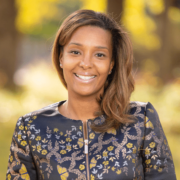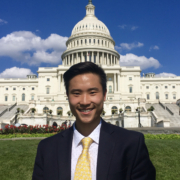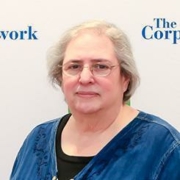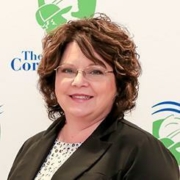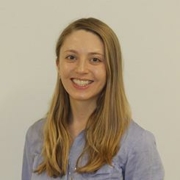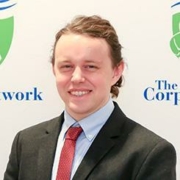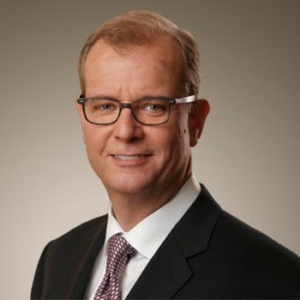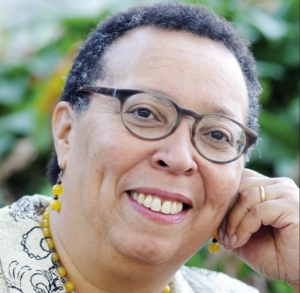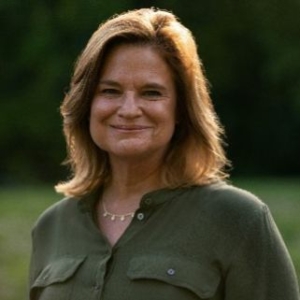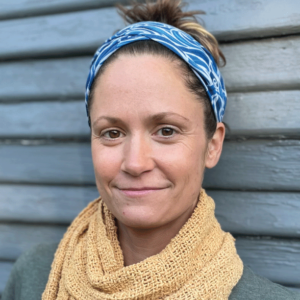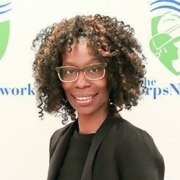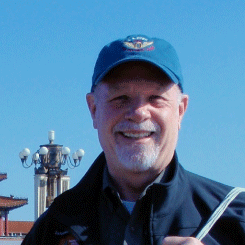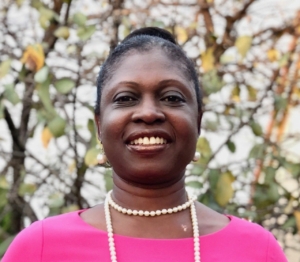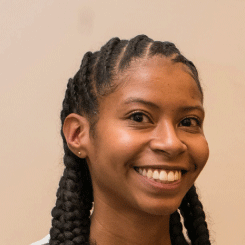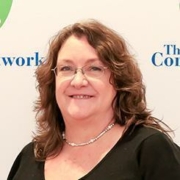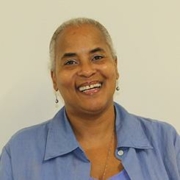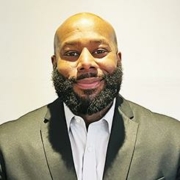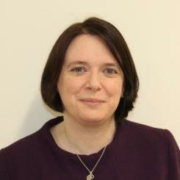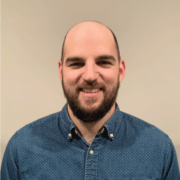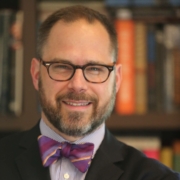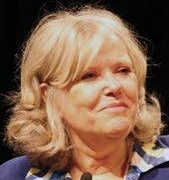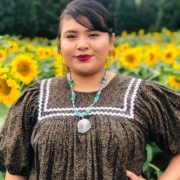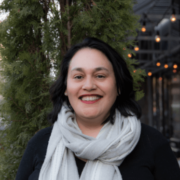Baltimore Teens Trade Summer in the City for Conservation in the Wilderness

They traveled 2,000 miles from home, trading high-rise buildings for towering trees, city lights for twinkling stars, and an urban cacophony for the melodies of songbirds.
Relaxing? Hardly. These six Baltimore teenagers aren’t on vacation. They are working long, hard days to restore the wilderness character of Carson National Forest in New Mexico.
All six are members of the Student Conservation Association (SCA), a national nonprofit organization that engages young adults in hands-on conservation to build connections with nature and provide career skills and training. In June and July, the crew members worked in urban parks back home in a pioneering SCA program that employs under-represented city youth in green summer jobs near their own neighborhoods. When given the option of performing similar work in a national forest, the teens jumped at the chance.
“There’s not many wide open places like this left, so we have to do what we can to protect them,” says 17-year-old Malik Moore. “Plus, I get to go out West for the first time. No way was I going to pass this up.”
None of the SCA team had ever traveled this far before; few had even been more than a few miles from home. During the day, they build hiking trails, restore campsites, and remove invasive plants before heading to basecamp to prepare their own meals over an open fire, take in environmental lessons from their crew leaders, and retreat to their tents for a restful sleep. “This is an adventure, no doubt about it,” states Howard Thorne, Jr. “But we all know why we’re here. There’s work to do.”
The project is part of the Forest Service’s 10-Year Challenge to achieve specific stewardship objectives at more than 400 US Forest Service sites by 2014, the 50th anniversary of the Wilderness Act. S. Elwood York, Jr., the Forest Service’s wilderness program leader in Washington, D.C., says he also had another objective in mind in creating the Carson opportunity for the SCA Baltimore crew.







